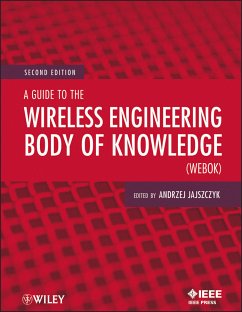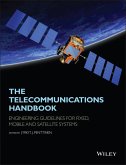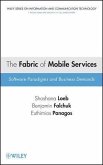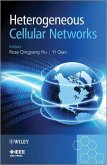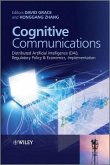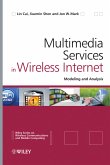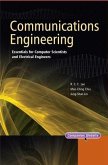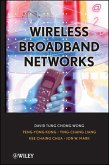The ultimate reference on wireless technology¿now updated and revised
Fully updated to incorporate the latest developments and standards in the field, A Guide to the Wireless Engineering Body of Knowledge, Second Edition provides industry professionals with a one-stop reference to everything they need to design, implement, operate, secure, and troubleshoot wireless networks.
Written by a group of international experts, the book offers an unmatched breadth of coverage and a unique focus on real-world engineering issues. The authors draw upon extensive experience in all areas of the technology to explore topics with proven practical applications, highlighting emerging areas such as Long Term Evolution (LTE) in wireless networks. The new edition is thoroughly revised for clarity, reviews wireless engineering fundamentals, and features numerous references for further study.
Based on the areas of expertise covered in the IEEE Wireless Communication Engineering Technologies (WCET) exam, this book explains:
With this trusted reference at their side, wireless practitioners will get up to speed on advances and best practices in the field and acquire the common technical language and tools needed for working in different parts of the world.
Fully updated to incorporate the latest developments and standards in the field, A Guide to the Wireless Engineering Body of Knowledge, Second Edition provides industry professionals with a one-stop reference to everything they need to design, implement, operate, secure, and troubleshoot wireless networks.
Written by a group of international experts, the book offers an unmatched breadth of coverage and a unique focus on real-world engineering issues. The authors draw upon extensive experience in all areas of the technology to explore topics with proven practical applications, highlighting emerging areas such as Long Term Evolution (LTE) in wireless networks. The new edition is thoroughly revised for clarity, reviews wireless engineering fundamentals, and features numerous references for further study.
Based on the areas of expertise covered in the IEEE Wireless Communication Engineering Technologies (WCET) exam, this book explains:
- Wireless access technologies, including the latest in mobile cellular technology
- Core network and service architecture, including important protocols and solutions
- Network management and security, from operations process models to key security issues
- Radio engineering and antennas, with specifics on radio frequency propagation and wireless link design
- Facilities infrastructure, from lightning protection to surveillance systems
With this trusted reference at their side, wireless practitioners will get up to speed on advances and best practices in the field and acquire the common technical language and tools needed for working in different parts of the world.
Dieser Download kann aus rechtlichen Gründen nur mit Rechnungsadresse in D ausgeliefert werden.

